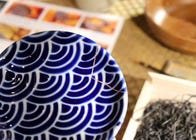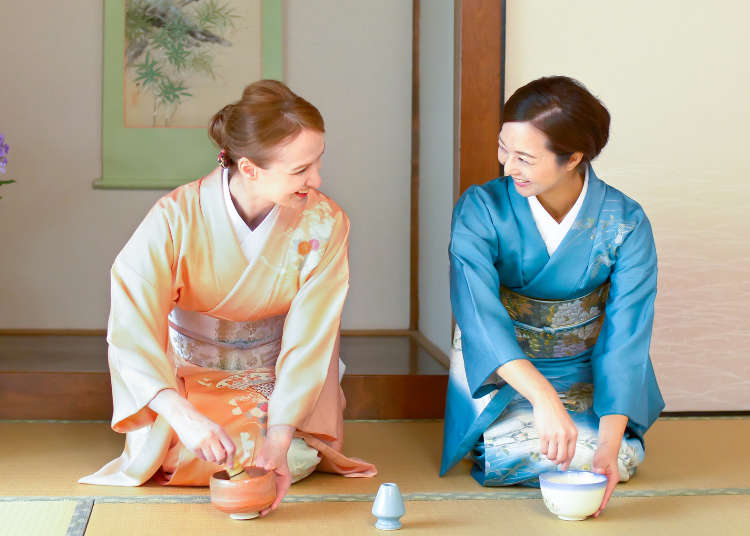
Got 3 Hours? Here Are 5 Fun Activities You Can Do in Tokyo!
- Written by: Miyu Shimada
There's so much to see and do when visiting Japan that no matter how much time you have, it’ll never quite seem like enough! Many travelers tend to find themselves with limited hours in between sightseeing spots, before their next appointment, or while waiting for their flight home. If that sounds like you, then read on!
Tokyo is full of experiences that allow you to enjoy Japan to the fullest, no matter how short on time you may be. So what can you do in as little as three hours? Let's take a look at some tours and experiences that you can book now to make the most of your remaining time in Tokyo!
(Main image: PIXTA)
Historic Cultural Experiences: Step Back in Time to Become a Samurai or Ninja
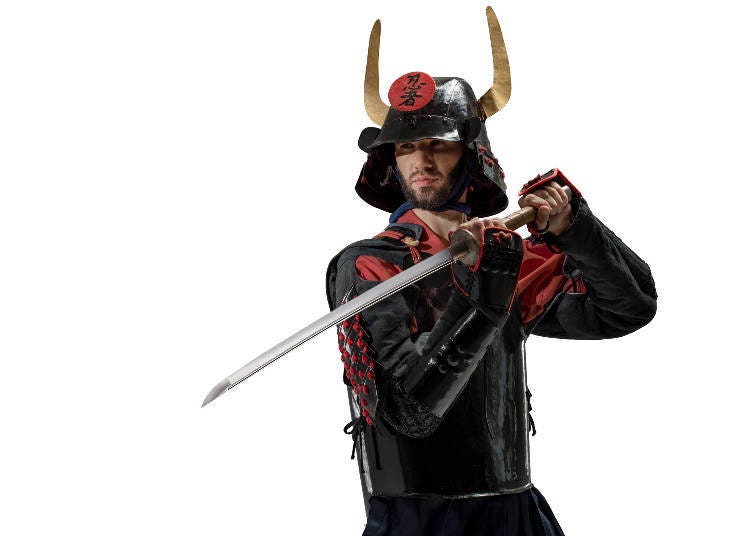
Experiencing Japan's unique history is an essential part of any trip into the country. And when it comes to Japan, perhaps there is no image stronger than that of the samurai and ninja.
The spirit of the samurai is known as Bushido, or "the way of the warrior." And now, there are authentic experiences where you can learn all about the spirit and etiquette of bushido, and the art of sword fighting. There are also a variety of other experiences to suit your schedule and needs, from simple photo shoots wearing samurai armor or kimono, or posing with katana, to others that include learning the techniques!
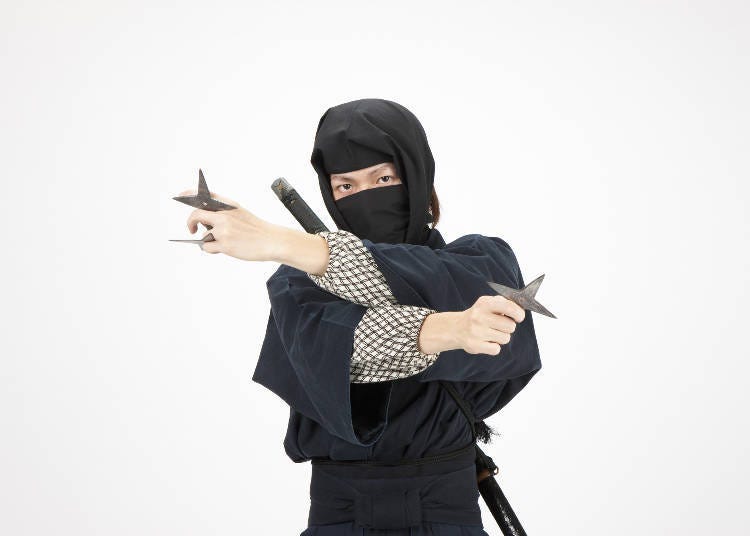
Similarly, the ninja experience will immerse you deep into Japanese culture, complete with technique instruction and photo opportunities, transporting you right back into the past. Most experiences typically last from one to two hours.

- Learn etiquette and sword techniques from a world-class butoh dancer and authentic instructor who has appeared in Japanese TV dramas and movies.
- Have your photo taken wearing the authentic armor of your choice. A professional dresser will assist you in dressing.
- Wearing ninja costumes, visitors can take photos in various spots of the establishment and get a hands-on ninjutsu experience, including shuriken and sword fighting with the staff.
- “The Samurai Experience was wonderful, not only in terms of dressing up and taking pictures, but also in terms of learning swordsmanship and proper etiquette.”
- “I got to wear authentic armor and have my photo professionally taken. It was a wonderful experience and souvenir of my trip to Japan. Worth every penny!”
- “The Ninja Experience was a great family experience. My kids loved it! The staff were very friendly, and spoke English perfectly.”
Izakaya Experience: Immerse Yourself in this Deep Food Culture of Japan
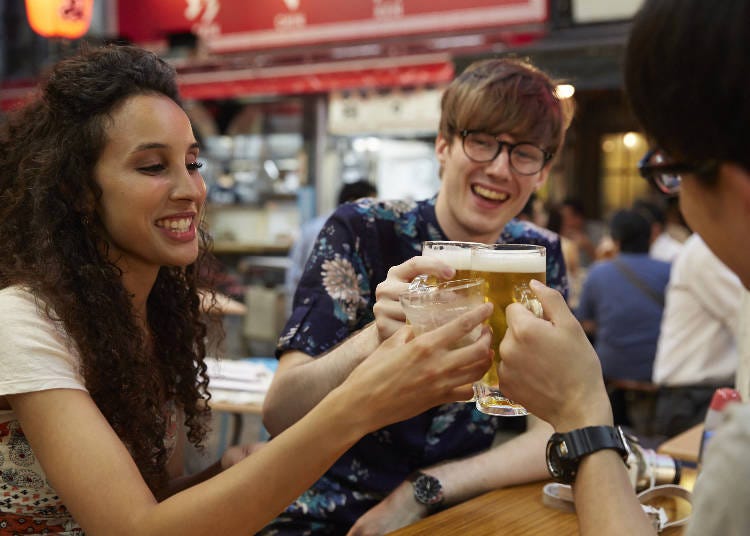
One of Japan's distinctive culinary experiences is the izakaya, a style of dining in which a variety of foods, from light snacks to hearty meals, is served along with alcoholic beverages. It is one of those fascinating parts of culture that is so routine for the locals, one would never expect it to be such a hit with so many international visitors! And indeed, the izakaya is one of the essential parts of Japan's food and drinking culture.

Izakaya culture is not about going to just one restaurant, however. Rather, it’s customary to go "izakaya hopping” by enjoying one or two drinks in one spot before heading off to the next. However, if you are not familiar with the area and its shops, it may be difficult to navigate which restaurants to go to, what to order, and whether you can even get there in only three hours in the first place. That’s where an Izakaya Experience Tour comes in, which will introduce you to the way of the izakaya, as well as recommend all the delicious dishes you’ll want to try during your visit.
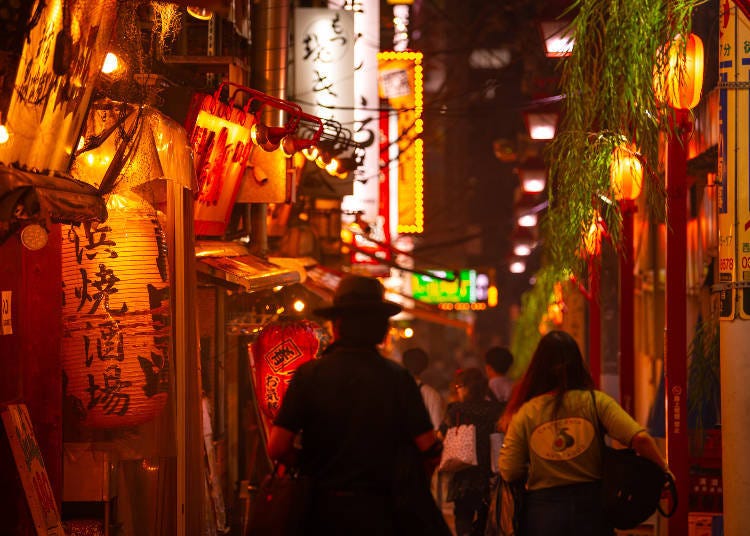
These tours are held in various locations, including Shinjuku, Shibuya, and Yotsuya, as well as local areas. Just choose the one that’s closest to you!
- Enjoy food and drink at several standard Japanese izakayas, as recommended by local guides.
Cooking Class Experience: Cook and Eat Your Own Japanese Meals
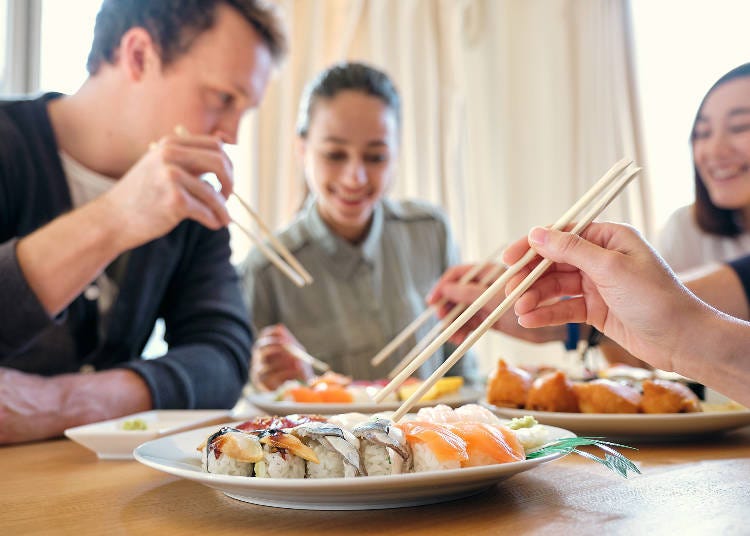
Thanks to its high quality and diversity, Japanese cuisine has become super popular all around the world. But we recommend not just eating them, but learning how to make them yourself! That way, you can continue to enjoy the taste of Japanese cooking well after you’ve returned back home.
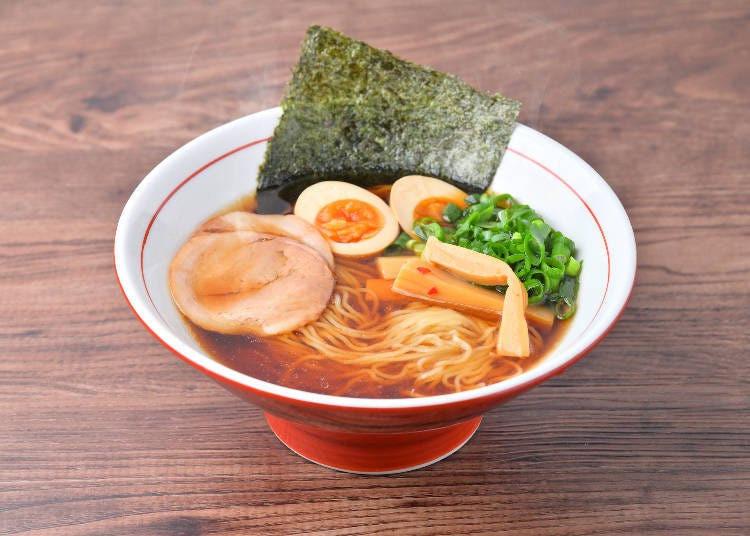
Sushi and ramen noodles are amongst the highest ranking of foods people want to try in Japan, and now, you can learn how to cook it on your own. Other kinds include traditional Japanese dishes, character bento, and Japanese sweets, all of which can be considered distinct parts of Japanese culture.
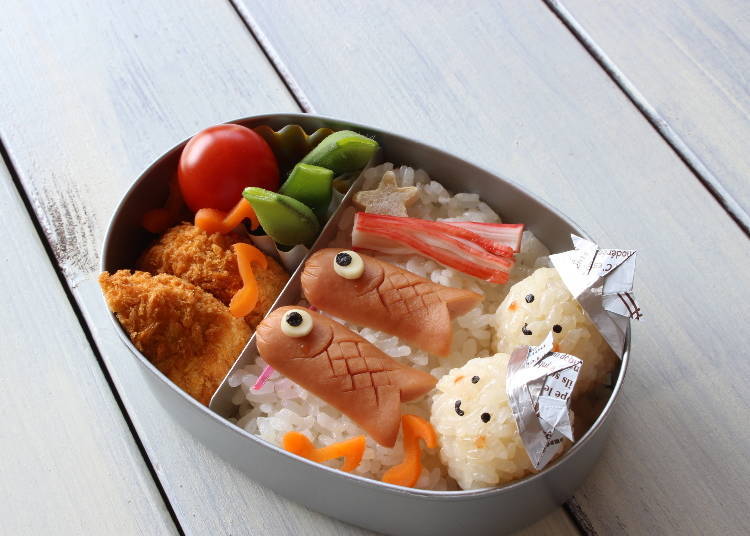
If you’ve ever wanted an up-close look at the daily life of an ordinary Japanese family, to know more about Japan’s daily food culture, or an experience that sightseeing alone cannot provide, then Japanese cooking classes are a must-try!
- Sushi is Japan’s most popular dish. In this experience, you’ll make nigiri-zushi, maki-zushi, and more with a variety of ingredients.
- Make your own ramen and gyoza, a classic Japanese combination and the king of B-class gourmet.
- Create your own bento lunches depicting characters from anime and manga.
- Traditional Japanese Sweets in Adorable Animal and Flower Shapes
Handcrafting Experience: Learn Japan’s Traditional Craftsmanship and Techniques
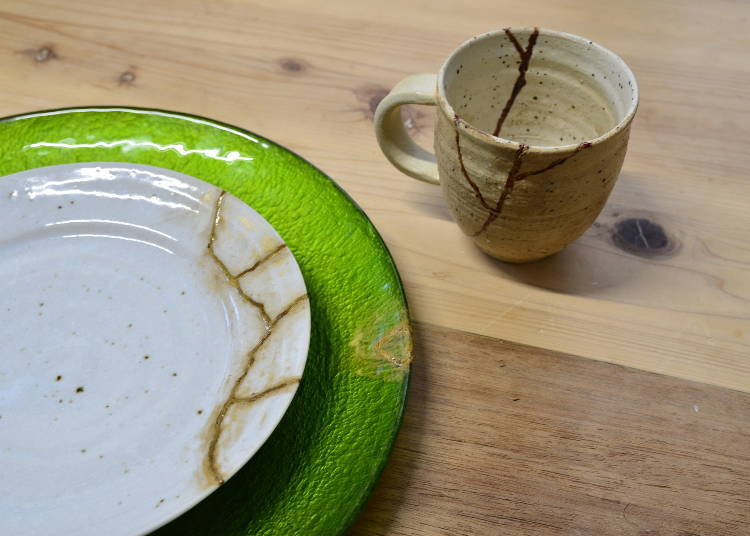
Japan is home to a number of wonderful traditional crafts and artisan techniques, many of which are highly regarded all around the world. These crafts feature a quality that cannot be achieved through machines or mass production with their own unique value and charm, as no two pieces are the same!
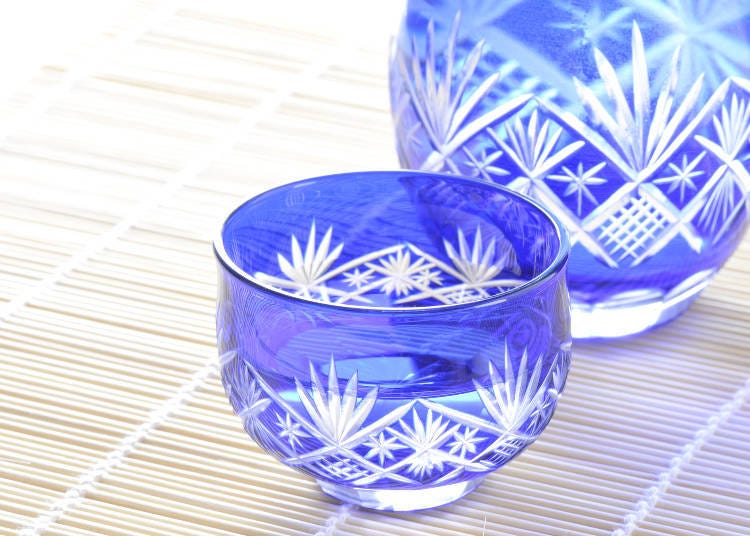
So why not experience these time-honored traditions and artisan skills for yourself? It’s an incredible opportunity to witness the work of professional artisans who have honed and refined their craft over the course of many years.
- A traditional technique of repairing broken or chipped ceramics with lacquer and a gold powder finish.
- A traditional Japanese craft handed down from the Edo Period, in which small pieces of cloth are folded and pinched together to create various shapes such as flowers and birds. Traditionally, it was often used to make kanzashi (hair ornaments).
- A technique for crafting blades by beating and expanding metal.
- Glass crafts made in Tokyo (Edo) decorated with various cuts and designs.
- Paper made from materials and manufacturing methods unique to Japan, such as kouzo and mitsumata. It is strong yet soft, a unique texture not typically found in Western paper.
- The art of crafting ceramic pieces by shaping them from clay and baking at high temperatures.
Traditional Art and Culture Experience: Learn About Japanese Values and Artistry

There are many words in Japanese culture that end in the suffix, “do (道),” such as kado (華道/flower arrangement), shodo (書道/calligraphy), chado (茶道/tea ceremony), and budo (武道/martial arts). The word "do" signifies a path of dedication and daily refinement, expressing a distinctive Japanese philosophy.
Among these, calligraphy, flower arrangement, and tea ceremony are collectively known as the “san-do (三道/the three do),” as they are the three most widely recognized. San-do offers a way to connect with the values and spirit that Japan has held dear since ancient times, including graceful conduct, attention to detail, and the way of looking at things and nature.
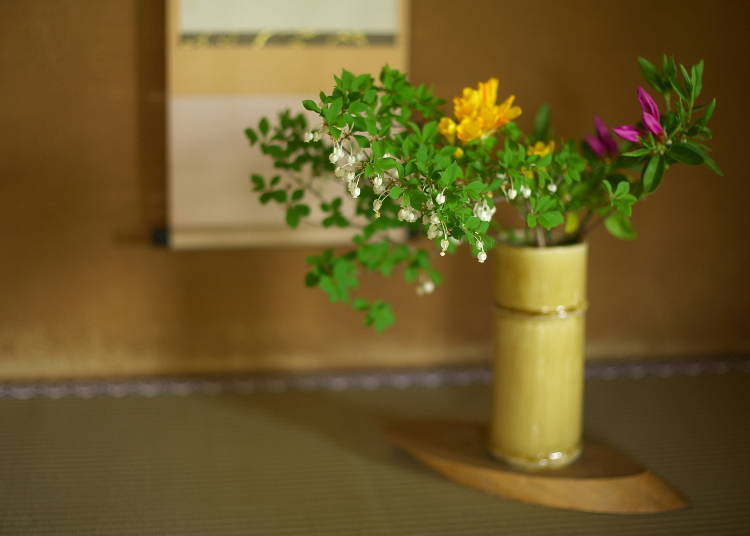
- The art of painting characters with ink and a brush. Japanese calligraphy features mainly kanji and hiragana characters.
- The art of arranging seasonal plants and flowers in vessels and appreciating them. It is the art of comprehensively enjoying all aspects, including the arranger, the viewer, and the execution of the artwork.
- A traditional tea ceremony that began with serving matcha to guests, according established etiquette. It involves the preparation of the tea (using special utensils and tools), enjoying it in the tea room, and indulging in tea sweets.
Got three hours? We recommend trying some fun activites in Tokyo!
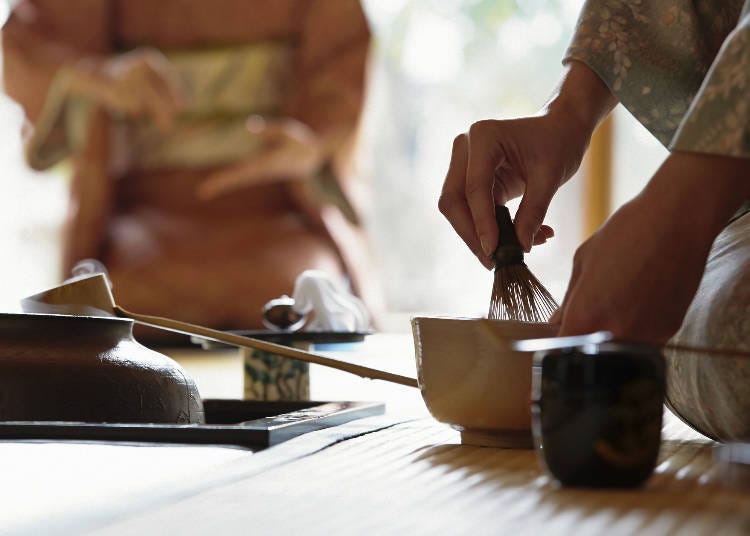
All the experiences featured here can be completed within three hours, with some lasting as little as one. When time is limited, joining an experience tour just might be the safest bet. Because while, of course, physical souvenirs are indeed wonderful, nothing quite beats the precious gift of a unique experience that you’ll only have in Japan!
Miyu is a travel writer and tour conductor with over a decade of experience in developing educational content for working individuals. She has a passion for exploring new cultures and has visited more than 150 cities in around 50 countries. Her goal is to sample great food, experience nature, enjoy historical sites, and bathe in hot springs around the world. Miyu left her corporate job to pursue her passion for travel and now spends over 100 days a year abroad while working as a writer. She promotes the joy of travel, the beauty of Japan, and the diverse cultures of the world by traveling to different parts of Japan and collaborating with inbound tour operators and fellow travel writers.
- Area
- Category
*Prices and options mentioned are subject to change.
*Unless stated otherwise, all prices include tax.
Popular Tours & Activitiess
Recommended places for you
-

The Imperial Palace
Other Architecture
Tokyo Station
-
Coupons

Puppy Café Rio Shinjuku
Culture Experience
Shinjuku
-

Art Café T8 ASAKUSA
Culture Experience
Asakusa
-

FUJI JAPAN Asakusa
Culture Experience
Asakusa
-
Coupons

WASAKE Sake Experience
Culture Experience
Asakusa
-
Events

Asakusa Kimono Rental『DAIKICHI』
Culture Experience
Asakusa
-
Ad

(Opening in Jan 2026) 'THE SUMO LIVE RESTAURANT HIRAKUZA GINZA TOKYO!' 5 Exciting Ways to Experience the World of Sumo!
-

Strawberries, Style, and Tokyo’s Coolest Neighborhood: Winter Afternoon Tea in Kichijoji
by: Guest Contributor
-
Ad

Discover the "Miraculous Forest" in the Heart of Tokyo: The Institute for Nature Study (9 Minutes from JR Meguro Station)
-

New in Ginza! Air BicCamera Ginza Opens with a Faster, More Convenient Shopping Experience
by: Guest Contributor
-
Ad

Complete Guide to Ueno's National Museum of Nature and Science, the Perfect Place to Visit on Rainy Days or With Children
-

Japan’s Shinkansen Is About to Change Travel in an Unexpected Way
by: Guest Contributor
Inspiration for Accommodations
-

Enjoy Mt. Fuji from the Comfort of Your Room! Recommended Ryokan with Mt. Fuji View
-

Stay Near the Cherry Blossoms! Hotels for Cherry Blossom Viewing in Tokyo
-

Family-Friendly Hotels with Free Shuttle to Disneyland: Convenient Access for a Magical Stay
-

Top Ranked Hakone Hotels with Mt. Fuji View: Enjoy Stunning Scenery from Your Private Space
-

Convenient Tokyo Hotels with Airport Shuttle: Ideal for Families and Heavy Luggage
-

Stunning Tokyo Tower View Hotels: Enjoy Spectacular Scenery from Your Private Space
-

Convenient Asakusa Hotels with Kitchens: Ideal for Extended Family Visits
-

Experience Luxury: Hakone's 10 Best Five-Star Accommodations
-

Enjoy Mt. Fuji Autumn Leaves! Top Hotels Near the Popular Autumn Leaves Corridor
-

Experience Hakone Fall Foliage from Your Room with Stunning Views
-

Shibuya Crossing: Getting the Best View from the Deck at Magnet by Shibuya109!
-

Complete Guide to Buying Japanese Medicine in Japan: Phrases and Vocabulary You Need to Know
-

[MOVIE] A Glimpse into the World of Sado
-

Things to Do in Asakusa: Complete Sightseeing Itinerary For a $50 Budget
by: Ran Tanaka
-

12 Unique & Fun Tokyo Food Tours to Enjoy in 2025
by: Hiroko Ariga
-

Kichijoji – Explore Tokyo’s Top-Rated Stylish Suburb in Half a Day!
- #best ramen tokyo
- #what to buy in ameyoko
- #what to bring to japan
- #new years in tokyo
- #best izakaya shinjuku
- #things to do tokyo
- #japanese nail trends
- #what to do in odaiba
- #onsen tattoo friendly tokyo
- #daiso
- #best sushi ginza
- #japanese convenience store snacks
- #best yakiniku shibuya
- #japanese fashion culture
- #best japanese soft drinks













